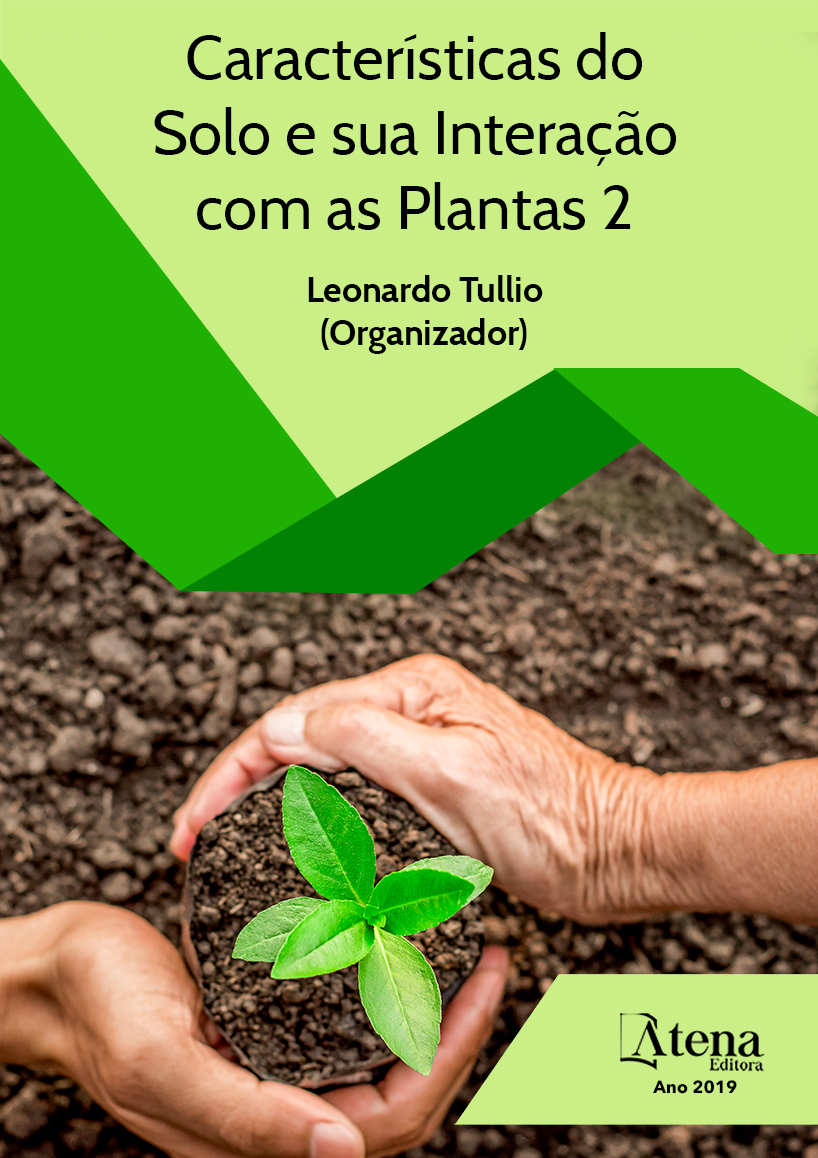
HÁ AUMENTO DA PRODUTIVIDADE DA SOJA E RENTABILIDADE NA ASSOCIAÇÃO ENTRE ADUBAÇÃO NITROGENADA NA
A principal recomendação para o
fornecimento de nitrogênio (N) na cultura da soja
no Brasil é o uso da bactéria Bradyrhizobium.
Atualmente, existem algumas questões sobre o
uso da adubação nitrogenada nessa cultura, por
exemplo, no período de semeadura. O objetivo
deste trabalho foi avaliar a produtividade de
soja e a rentabilidade da aplicação da adubação
nitrogenada no momento de "semeadura"
associado à inoculação de Bradyrhizobium. O
estudo teve abordagem prática via ensaio de
campo com seguintes tratamentos: controle,
sem adubação nitrogenada e sem inoculação
(SNSBrady); com adubação nitrogenada e
sem inoculação (CNSBrady), sem adubação
nitrogenada e com inoculação (SNCBrady),
com adubação nitrogenada e com inoculação
(CNCBrady). A produção foi maior sob a
SNCBrady e a adubação nitrogenada no
período de semeadura não favoreceu aumento
a produção de soja. A rentabilidade foi R$ 750,0
em SNCBrady, quando comparado a associação
da adubação nitrogenada de semeadura e
Bradyrhizobium. Assim, considera-se que o
uso de adubação nitrogenada não foi favorável
para o acréscimo da produtividade na cultura
da soja e ganhos de rentabilidade que justifique
tal prática.
HÁ AUMENTO DA PRODUTIVIDADE DA SOJA E RENTABILIDADE NA ASSOCIAÇÃO ENTRE ADUBAÇÃO NITROGENADA NA
-
DOI: 10.22533/at.ed.17819171015
-
Palavras-chave: Bactérias diazotróficas. Glycine max. Produção de grãos
-
Keywords: Diazotrophic bacteria. Glycine max. Grain production
-
Abstract:
The main recommendation to
supply nitrogen (N) in soybean crop in Brazil is the
use of the bacterium Bradyrhizobium. Currently,
there are some questions regarding the use of
N fertilization in this crop, for example, in the
seeding time. The objective of this work was to
evaluate the production and financial viability of
N fertilization in the fertilization in "seeding" time
associated with Bradyrhizobium inoculation. The
study had a practical approach via field trial with
the following treatments: control, no nitrogen
fertilization and no inoculation (SNSBrady); with
nitrogen fertilization and without inoculation (CNSBrady), without nitrogen fertilization
and with inoculation (SNCBrady), with nitrogen fertilization and with inoculation
(CNCBrady). The SNCBrady treatment showed the highest productivity and the lowest
production SNSBrady. Soybean production was higher under SNCBrady, and the
N fertilization in the seeding time did not increase soybean production. Profitability
was R$ 750.0 in SNCBrady, when compared to the association between sowing and
Bradyrrizobium nitrogen fertilization. Thus, the use of nitrogen fertilization in seeding
time was not favorable for the increase of soybean crop yield and profitability that
justifies such practice.
-
Número de páginas: 15
- Walace Galbiati Lucas
- Higo Forlan Amaral


